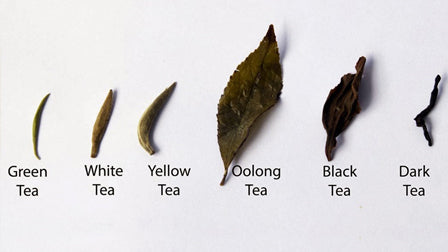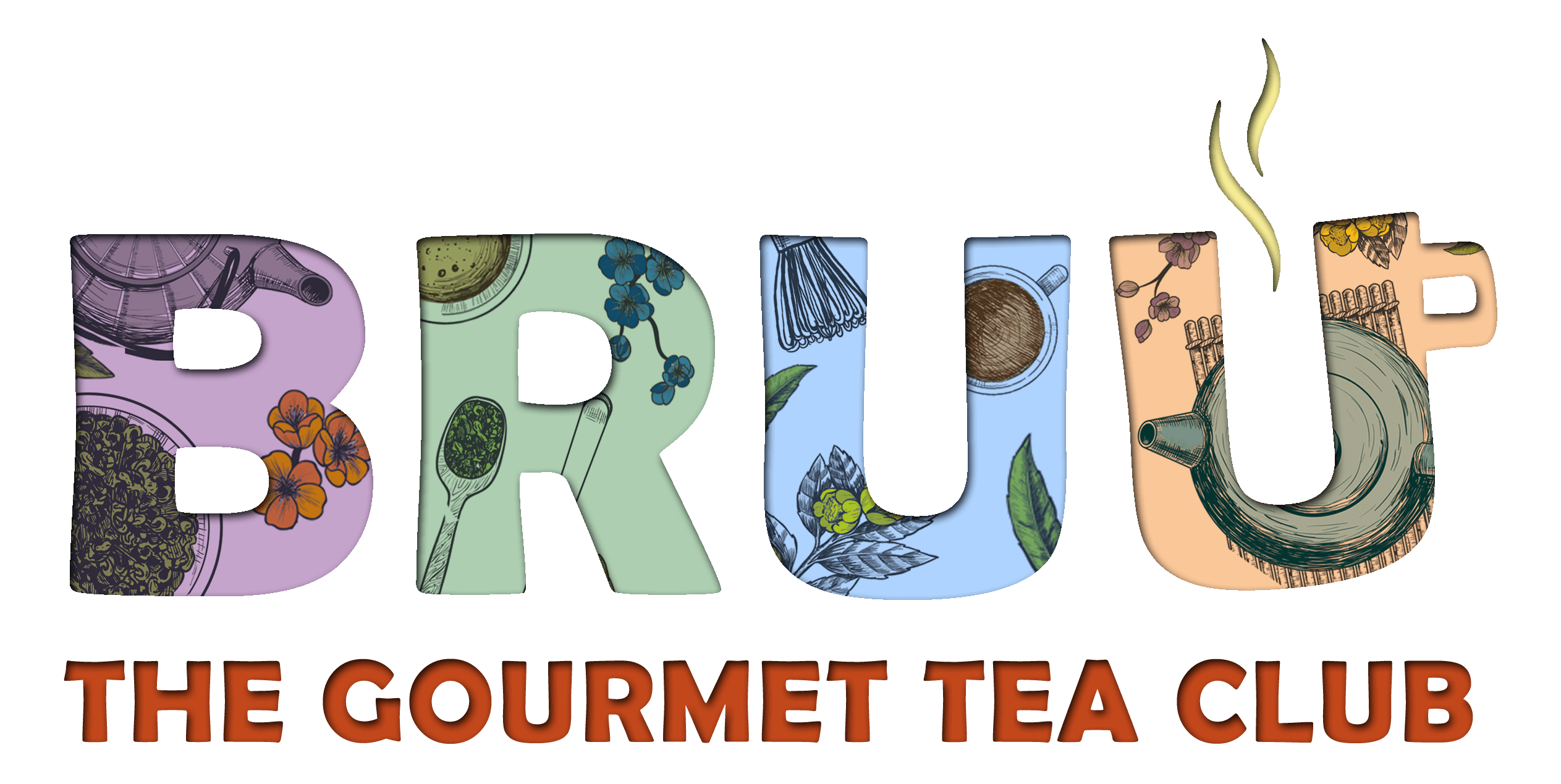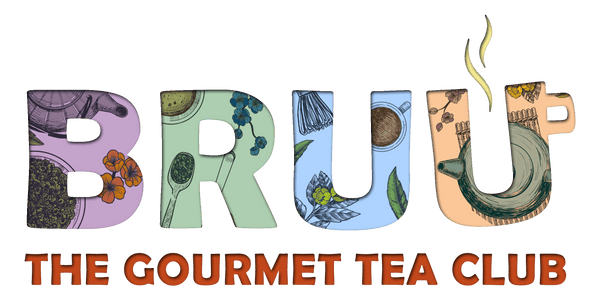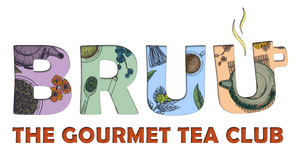What is the Process for Making Different Types of Teas?

This is the question people ask a lot because there is not just one way to make tea. There are many different finishing ways actually to make the tea you love. Join me on this journey and have a look.
Growing tea is like growing wine
All tea starts with planting a seed and growing the Camellia Sinensis plant. All the different types of black, oolong, green and white tea grow from this same plant. Fruit, chai and herbal blends are not considered tea, and only those made using this plant can carry the tea name.
Tea is often compared to wine and vineyards in this stage of its creation. Like planting a vineyard, the characteristics of the tea are shaped by the climate, local weather, soil and geographic location. For comparison, wine from the South of France tastes different from wine from Chile - neither would we pass up on though. Similarly, tea from India tastes very different from tea from China.
Many plantations, like the Lockhart Plantation in India, has very mature plants, some of which are over 30-40 years old, which gives the tea very exquisite tastes. The younger the plant, the less desired is the tea, so time also plays an important role in the development of the tea.
Tea is then processed
Once your tea plants are grown and harvested the leaves are now processed. First, the tea is dried out, and this oxidation and length of time left to oxidise creates the various types of tea. The more oxidized your tea, the darker it is and this would usually be sold as a black tea. If the tea has a shorter time oxidising, resulting in the leaves remaining more green, then it is sold as white tea.
What is tea oxidation? It is the chemical reactions that cause the tea leaves to break down, a little like composting. As they break down natural flavours change and it creates a different tea.
Time to wither and steam:
This process is commonly used for white, oolong and green teas. As the leaves are left to dry, heated air is pushed over to keep the room temperature to a constant heated level. This reduces water content in the leaves, causing them to wither up.
Rolling the tea leaves
The tea leaves are now rolled to further release flavour, oils and break down the structure of the leaf. This process was done by hand, but now modern machines make the process much faster.
Sorting the tea and drying it
We have finally reached the final stage where rolled leaves move into drying ovens. The tea is then sorted by hand or machine into various grades. The smaller tea leaves often called dust or fannings, are sold to be used in teabags. The larger and more premium leaves are sold to companies like BRUU, which offer customers more exclusive tasting tea that has retained more of the health benefits.
Learn more about tea by taking our free Tea Academy course.




Leave a comment